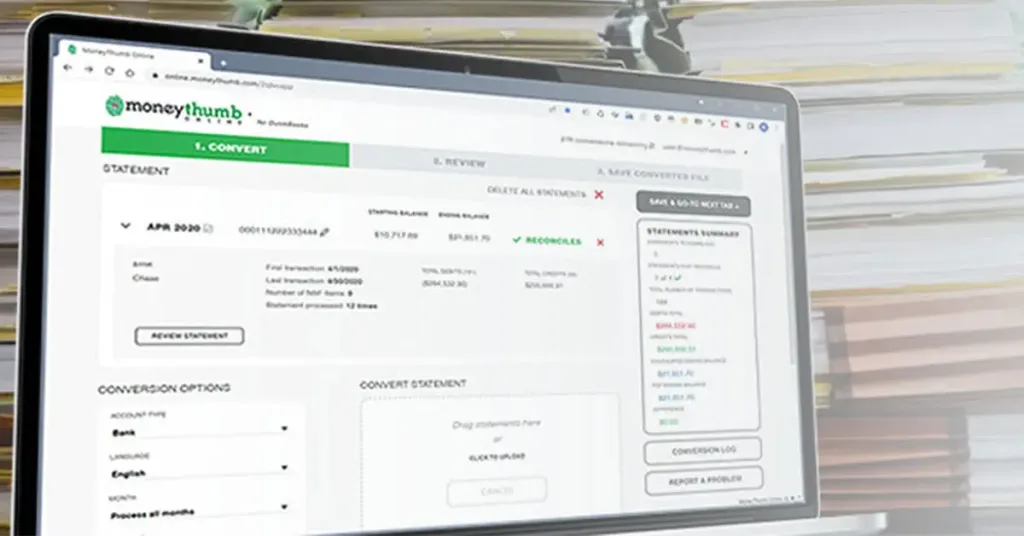Running a small business can bring both satisfaction and financial pressure. You might find months where sales are solid and others where profits barely cover your expenses. That’s where affiliate marketing comes in. It’s not a replacement for your main business, but it can serve as an extra stream of income that helps smooth out the financial ups and downs.
This article breaks down affiliate marketing in a clear, realistic way and explains how it can support your existing efforts without requiring major changes to your core business.
What Is Affiliate Marketing?
Affiliate marketing is a way to earn money by promoting products or services from other companies. You share a special link provided by the company, and if someone buys through that link, you get a commission.
It doesn’t involve stocking inventory or handling customer service. You simply recommend something useful to your audience and get paid when it leads to a sale.
Why Small Business Owners Should Pay Attention
Affiliate marketing works well for business owners because it builds on what you’re already doing. Whether you run a blog, manage an email list, or stay active on social media, you’ve already built a level of trust with your audience. That trust is valuable, and affiliate marketing gives you a way to turn it into earnings without pushing sales aggressively.
Here are a few practical reasons why small business owners consider affiliate marketing:
- Extra income without added overhead: You don’t have to hire extra staff or rent more space.
- Flexibility: You can recommend products that align with your values or business focus.
- Low risk: Most affiliate programs are free to join, and you only earn when someone buys.
How Affiliate Marketing Fits Different Business Types
Whether you’re a service provider, store owner, content creator, or freelancer, there are ways affiliate marketing can support your income.
1. For Service Providers
If you're a coach, consultant, or freelancer, you can recommend tools you already use with clients. For example, if you help others set up websites, you might join affiliate programs for hosting companies or design tools.
2. For Online Stores
Let’s say you sell handmade items or custom gear. You could also recommend supplies or packaging tools that your audience may find useful. These are natural add-ons that don’t conflict with your own products.
3. For Content Creators
If you run a blog, YouTube channel, or email newsletter, affiliate marketing fits right in. You can write reviews, share tutorials, or include links to tools and products that you use and believe in.
Getting Started: Step-by-Step Guide
Here’s how to set up a simple, honest affiliate income stream alongside your main business:
Step 1: Pick a Focus Area
You don’t need to promote everything. Choose a topic that fits naturally with your business. If you run a photography studio, you might promote camera gear or editing software. If you own a small bakery, you might recommend baking tools or recipe books.
Step 2: Join Reliable Affiliate Programs
These platforms make it easier to find and manage affiliate offers that fit your business. Each one connects you with trustworthy companies and gives you tools to track performance.
- Amazon Associates
Good for: Beginners
Amazon’s affiliate program provides access to millions of products, but the commissions are typically lower, ranging from 1% to 10%. Still, it’s easy to use and a good way to get started.
- ShareASale
Good for: Variety of products
This network offers programs across different categories like fashion, business tools, home goods, and more. You can apply to each brand directly through one dashboard.
- CJ Affiliate (formerly Commission Junction)
Good for: Established brands
Well-known companies like GoDaddy, Grammarly, and Lowe’s use this platform. You’ll need to apply to each program and get approved.
- Impact
Good for: Growing businesses and creators
Impact works with brands like Shopify, Canva, and Adobe. It has detailed reporting tools and a clean interface, though it may feel a bit complex at first.
- Individual Programs
Good for: High payouts
Some companies run their own affiliate programs (like ConvertKit, Bluehost, or Notion). These may offer better terms and direct support, but you’ll need to manage them separately.
Step 3: Create Helpful Content
Your goal isn’t to sell; it’s to help. Share your honest experience with a product, offer tips, and explain why something might be useful. This kind of content builds trust and increases the chance someone will buy through your link.
Here are examples of affiliate-friendly content types:
- Product comparison blogs
- “How-to” tutorials
- Tools or resources pages on your website
- YouTube product demos or setup guides
- Instagram or Facebook stories featuring quick tips
Step 4: Use Disclaimers and Stay Transparent
Let your audience know you may earn a commission if they purchase through your link. This isn’t just ethical, it’s required by most affiliate programs and platforms like Google and YouTube.
Here’s an example:
“Some links in this post are affiliate links. That means if you click and buy, I may earn a small commission at no cost to you. I only recommend tools I’ve used and trust.”
Tips to Make Affiliate Marketing Worthwhile
It’s easy to sign up for programs, but to see results, you need consistency. Here’s how to make your affiliate efforts more effective:
- Track performance. Use tools like Google Analytics or the reports from your affiliate dashboard to see what’s working.
- Stick to products you trust. If you recommend poor-quality tools or services, it can damage your reputation.
- Don’t overdo it. A few well-placed recommendations are better than stuffing every blog post or email with links.
- Update older content. If you wrote a post six months ago and it’s getting traffic, consider adding affiliate links where they naturally fit.
Common Mistakes to Avoid
Many small business owners start strong with affiliate marketing but fall into these traps:
- Focusing only on income. People can tell when your content becomes all about sales. Focus on solving problems instead.
- Choosing unrelated products. Don’t confuse your audience by promoting random items that don’t align with your business.
- Forgetting about mobile. Make sure your links and pages are mobile-friendly, since many users browse on their phones.
How Much Can You Realistically Earn?
There’s no fixed number. Some people make a few hundred dollars a month. Others who build out a thoughtful strategy and target the right audience can earn thousands. It depends on:
- Your niche and how much trust you’ve built
- The commission rates of your chosen programs
- The amount of traffic or attention your content gets
Not all affiliate programs pay the same. The type of product or service you promote often affects your earnings. Here’s a general idea of what you might expect:
| Industry | Typical Commission Rate |
| Web hosting & software | 20% – 50% |
| Online courses | 30% – 50% |
| Physical products (Amazon, etc.) | 3% – 10% |
| Finance tools (credit cards, insurance) | Fixed amount (e.g. $50–$150 per sign-up) |
| Health and wellness | 10% – 25% |
| Marketing tools (email, funnels, SEO tools) | 20% – 40% |
How to Choose the Right Affiliate Product for Your Business
Not every affiliate program will be a good fit for your audience. Before signing up, ask yourself:
- Do I personally use or trust this product?
- Would my audience find this helpful or relevant?
- Is the company reliable with payments and service?
- Does the commission justify the effort to promote?
If the product is something you wouldn’t recommend to a friend, it’s better to skip it.
Affiliate Marketing Doesn’t Replace Your Core Business
One common mistake is to treat affiliate marketing like a shortcut. It’s not. For most small business owners, this is a way to supplement their income, not replace it.
Keep your main business goals at the center. Use affiliate links only when they add value to what you’re already offering. This approach protects your reputation and builds long-term trust.
Keeping Your Affiliate Marketing Honest
The most reliable results come when your recommendations are real and based on personal experience. Here are a few ways to stay transparent:
- Only share products you’ve used or reviewed closely.
- Be clear that you may earn a commission.
- Avoid fake urgency or pushing limited-time deals if they’re not genuine.
Readers value honesty. You don’t need fancy tricks to earn their respect and their clicks.
Final Thoughts
Affiliate marketing gives small business owners a chance to earn additional income by doing something they’re already good at: helping others make informed decisions. By sharing your honest experience and keeping things simple, you can make a meaningful difference in your cash flow without adding complexity to your business.
If you treat it as a long-term side effort rather than a quick fix, affiliate marketing can become a steady and welcome part of your business strategy.
References
- https://www.shopify.com/uk/blog/affiliate-marketing
- https://www.business.com/articles/why-smbs-use-affiliate-marketing/
- https://www.locationrebel.com/how-to-start-affiliate-marketing/
- https://www.hausmanmarketingletter.com/how-to-build-passive-income-in-affiliate-marketing/
- https://pippit.capcut.com/resource/your-first-steps-to-earning-online-with-affiliate-marketing
- https://www.emailaudience.com/affiliate-marketing-tips/
- https://www.textbroker.com/affiliate-marketing-guide
- https://empireflippers.com/best-recurring-affiliate-programs/
- https://www.impactmybiz.com/blog/benefits-of-affililate-marketing/





















Add comment